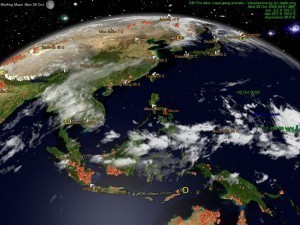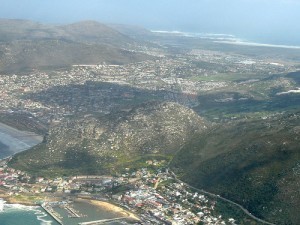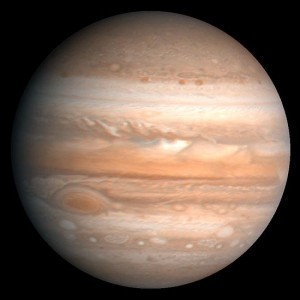The Size And Shape Of The Earth
The size and shape of the Earth is like a sphere that is flattened a bit at the poles. However there are many factors that can be used to describe its shape. Using parameters like equatorial/polar/mean diameter, surface area, density, volume and mass, the earth’s features can be better defined.
Quick Facts and Figures
The planet’s circumference is 40,041 km; the density is 5.515 g/cm3. The surface area is 510,072,000 km2. The mean diameter is 12,742 km and the volume is 1.083 x 10 (to the 12th power) km3. The earth’s mass is 5.9736 x 10 (to the 24th power) kg.
The average temperature is 14 C. The surface atmospheric pressure is 101.325 kPa. The orbital speed is 29.78 km/s while the axial tilt is about 23 degrees. The planet’s perihelion orbit is 147,098,290 km. Its aphelion is 152,098,232 kilometers. The Earth is 149,597,890 km (92,955,820 miles) distant from the Sun. It is currently the only planet known to harbor life.
Facts about the Earth’s Atmosphere
The size and shape of the Earth has a direct effect on its atmospheric composition. Nitrogen makes up 78% of the atmosphere’s gases. The second most abundant is oxygen which organisms need to survive. Oxygen comprises about 21% of the atmospheric elements.
Other Facts about the Earth
The Earth is the biggest of the terrestrial planets in the Solar System. A terrestrial planet is made up of rock layers. This is compared to large planets like Saturn and Jupiter which are comprised of gases.
The planet is the most dense of all the terrestrial bodies in the Solar System. It is composed of the core, mantle and crust. The thinnest is the crust. 85% of the planet’s volume is made up of the mantle. The mantle extends 2,900 km (1800 miles) under the surface. The density comes from the core. Its outer core is liquid and there is a dense, solid core surrounding it.
Due to the size and shape of the Earth, the circumference is smaller between the South and North Poles at 40,008 km (24,859.82 miles). The diameter at the equator is 12,756.1 km (7,926.28 miles). At the Poles it is 12,713.5 km (7,899.80 miles). By comparison, Jupiter has a diameter of 142,984 km (88,846 miles).
Scientifically speaking the Earth’s shape is best described as an ellipsoid or oblate spheroid. Due to the Poles’ “squishing”, the equator is bulging out. The bulge measurement is 2.72 km (26.5 miles).





